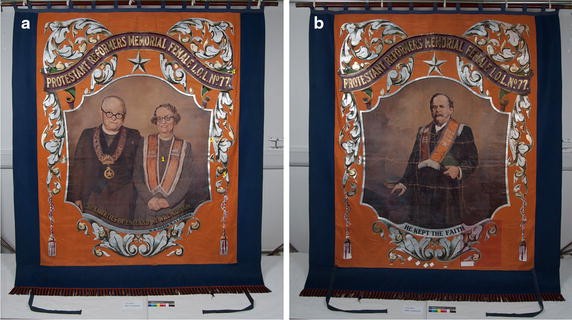
- Select a language for the TTS:
- UK English Female
- UK English Male
- US English Female
- US English Male
- Australian Female
- Australian Male
- Language selected: (auto detect) - EN
Play all audios:
Kepina Hasegawa, 85, has had her share of ups and downs. More than her share, in fact. And yet, somehow, her spirit is vibrant, even joyful. The native Californian worked in nightclubs
around Los Angeles in her 20s, bartending and waiting tables in Chinatown and Little Tokyo to support three young daughters from her first marriage. “I had a great time,” she says, laughing,
“but it wasn’t great for raising a family!” Over the next few decades, Kepina remarried and had a son, but sadly the marriage didn’t work out. She held a lot of different jobs, getting her
Class 1 driver’s license and becoming a truck driver — something very few women did in the early ’80s. After getting off the road in 1990, she managed hotels and apartment buildings in
several states, and she also worked for her son’s contracting business. In the 1990s and early 2000s, Kepina weathered the deaths of two of her daughters. Her youngest died in 1996 because
of complications from asthma, and in 2008, her second daughter suffered a fatal head injury. She was still reeling from these twin tragedies when the new supervisor at the apartment building
she was managing fired her. “He said I was too old to work,” Kepina remembers, adding, “As you get older, it's hard to find a job. I had to start taking Social Security.” Though she
had some money set aside, it wasn’t enough. Three years of high California rents drained her savings while she waited to be approved for Section 8, the federal government’s housing choice
voucher program. Once she moved into a Section 8 independent living community for seniors, she survived on Social Security, Medicare and CalFresh, California’s version of the Supplemental
Nutrition Assistance Program (SNAP). Then, in 2023, SNAP recipients got a letter telling them the emergency allotment they’d been receiving because of the pandemic was canceled, leaving
millions of people — Kepina included — in a bind. “Our food stamps went from $200 to $23 overnight,” she says. “I thought, ‘This can't be true.’ That someone on a fixed income should
get $23 a month is a joke.” She needed answers, not just for herself but for her many neighbors who had received the same devastating news. So, she called the number at the bottom of the
letter. She connected with Erika Murdoch, a benefits specialist at Sacramento Food Bank & Family Services (an AARP Foundation grantee), who told her that CalFresh recipients can qualify
for a higher benefit by reporting costs such as housing, utilities, child care and certain medical expenses. Recipients often don’t know this is even an option, but Erika found all of
Kepina’s unreported expenses and helped her gather all the necessary paperwork. It was a life-changing conversation. “I was so blessed to get her on the phone,” Kepina says. “She answered my
questions, even if they were silly. I felt comfortable, like we were sitting in the living room as friends talking. I slept better that night than I had slept in months.” Kepina Hasegawa
with Erika Murdoch Kepina hopes more people will get help from experts to navigate the complicated benefits systems. “Talking to someone like Erika uplifts you,” she says. “It helps you
realize that someone does care about you as a person. There's not enough of that for seniors.” _Find out more about how ERIKA CARES FOR THE COMMUNITY THROUGH FOOD ASSISTANCE and meet
other COMMUNITY HEROES like Erika._ _Learn more about the AARP FOUNDATION GRANTS PROGRAM and the ways it helps older adults to secure the essentials. _ _READ MORE STORIES__ __about how our
programs have helped people find hope, and about the volunteers who give so much of themselves to help others._






